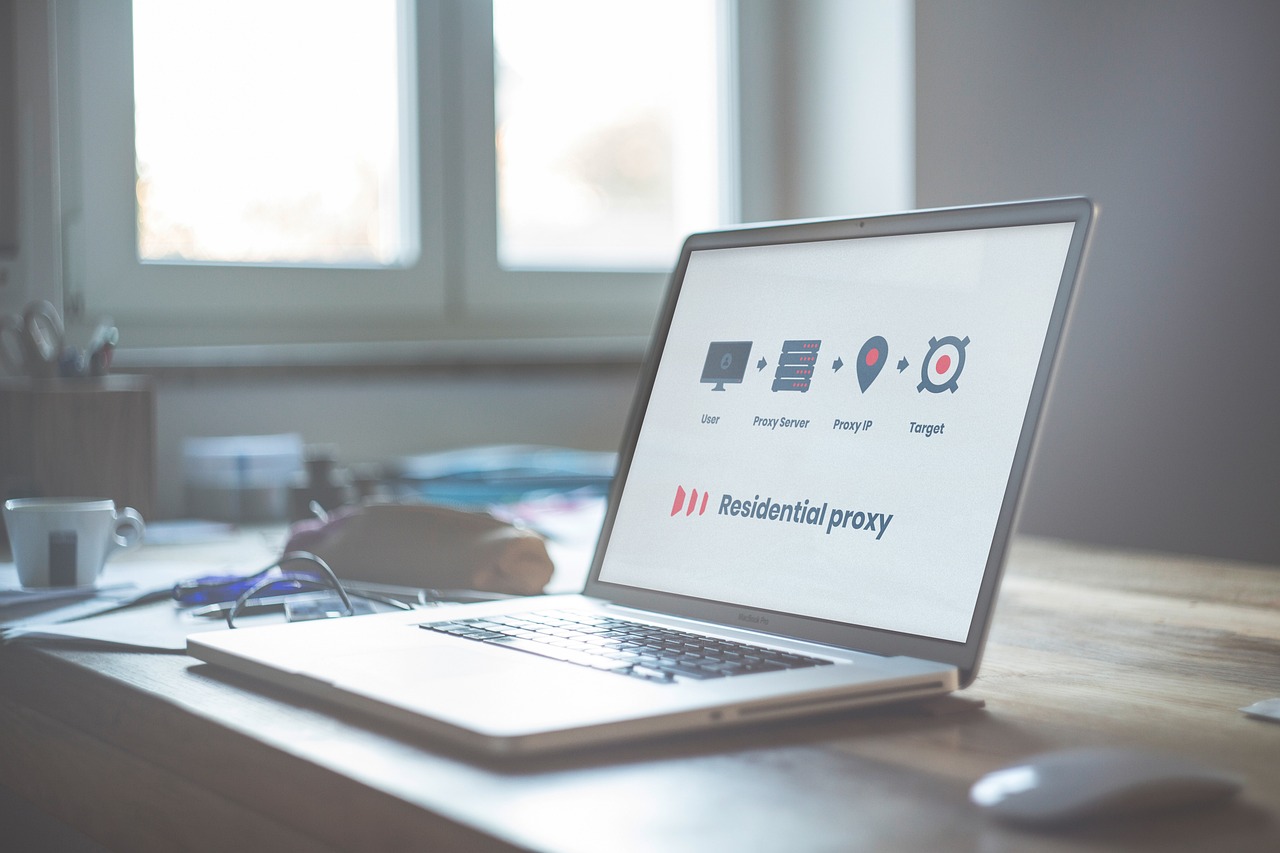Top Security Practices for Protecting Your PrestaShop Store

Strong 8k brings an ultra-HD IPTV experience to your living room and your pocket.
Running an online store with PrestaShop offers a plethora of benefits, from customizable designs to robust e-commerce features. However, with these advantages come responsibilities, particularly regarding the security of your store. Cybersecurity threats are ever-present, and online merchants must take proactive measures to protect sensitive data and ensure the safety of their customers. Here, we’ll explore the top security practices to protect your PrestaShop store and introduce Upkepr, a valuable tool for scanning vulnerabilities.
1. Keep Your PrestaShop Installation Up to Date
One of the simplest yet most effective ways to secure your PrestaShop store is to keep your installation updated. The PrestaShop team frequently releases updates that patch known vulnerabilities, fix bugs, and enhance overall security. Regularly check for updates and apply them promptly. Additionally, ensure that any third-party themes or modules are also up to date, as outdated plugins can introduce security risks.
2. Use Strong Passwords
Weak passwords are a common vulnerability that hackers exploit. Ensure that all user accounts associated with your PrestaShop store, including administrator and customer accounts, use strong, unique passwords. A strong password typically includes a mix of uppercase and lowercase letters, numbers, and special characters. Consider implementing a password policy that requires users to change their passwords regularly and avoid reusing old passwords.
3. Implement Two-Factor Authentication (2FA)
Adding an extra layer of security through Two-Factor Authentication (2FA) can significantly enhance your PrestaShop store's defenses. With 2FA enabled, users must provide not only their password but also a second form of verification, such as a code sent to their mobile device. This makes it much more difficult for unauthorized individuals to gain access to your store, even if they obtain a valid password.
4. Regularly Back Up Your Store
Data loss can occur due to various reasons, including server failures, hacking incidents, or accidental deletions. To mitigate the impact of such events, implement a regular backup strategy for your PrestaShop store. Use reliable backup solutions that automatically create backups at scheduled intervals. Store backups in multiple locations, including remote storage options, to ensure data can be recovered swiftly in case of an incident.
5. Utilize SSL Certificates
An SSL (Secure Socket Layer) certificate encrypts data transmitted between your website and users, providing a secure connection. For an e-commerce site, SSL is crucial for protecting sensitive information such as payment details and personal data. Ensure that your PrestaShop store has an SSL certificate installed, and configure it to redirect all traffic to the secure HTTPS version of your site.
6. Monitor User Activity
Keeping an eye on user activity can help identify suspicious behavior early. Implement logging mechanisms to track user actions, especially those of administrators. Monitor for unusual login attempts, such as multiple failed logins or logins from unfamiliar IP addresses. Some security plugins offer features that can alert you to potentially malicious activity, allowing you to respond swiftly.
7. Limit Access and Permissions
Not all users need access to every part of your PrestaShop store. Establish role-based access control by granting users only the permissions necessary for their responsibilities. For instance, limit access to sensitive areas such as payment settings and user management to only trusted administrators. Regularly review user accounts and permissions, removing access for inactive users.
8. Use a Web Application Firewall (WAF)
A Web Application Firewall (WAF) acts as a barrier between your PrestaShop store and potential threats. It monitors and filters incoming traffic to identify and block malicious requests, providing an essential layer of security. Many hosting providers offer WAF services, or you can opt for third-party solutions designed specifically for e-commerce platforms.
9. Regularly Scan for Vulnerabilities
Identifying vulnerabilities in your PrestaShop store is vital for maintaining security. Regular vulnerability scans can help you discover weaknesses before they can be exploited by attackers. Upkepr offers a comprehensive PrestaShop Vulnerability Scanner that analyzes your store for security risks, providing detailed reports and actionable insights. This tool helps you stay ahead of potential threats by pinpointing areas that need attention.
10. Educate Your Team
Your store’s security is only as strong as the knowledge of your team. Educate your staff about best practices for cybersecurity, including recognizing phishing attempts, using strong passwords, and understanding the importance of regular updates. Consider conducting training sessions or providing resources to ensure everyone is aware of potential threats and knows how to respond.
Conclusion
Securing your PrestaShop store is not a one-time effort but an ongoing process that requires vigilance and proactive measures. By implementing these top security practices, you can significantly reduce the risk of cyber threats and protect your business and customers from potential harm. Additionally, tools like Upkepr PrestaShop Vulnerability Scanner are invaluable for identifying and addressing vulnerabilities, allowing you to maintain a secure online environment. Prioritizing security will help you build trust with your customers and ensure the long-term success of your online store.
Note: IndiBlogHub features both user-submitted and editorial content. We do not verify third-party contributions. Read our Disclaimer and Privacy Policyfor details.







